The famous actor Sir Christopher Lee, made his name often playing the villain in a career in film spanning more than 60 years. To some he was Count Dracula, appearing in the role in seven Hammer Horror movies and ultimately taking the part of Dracula nine times. To others he will be remembered for portraying the bad guy Francisco Scaramanga in the James Bond film The Man with the Golden Gun (1974). In real life he was actually related to Bond’s creator, Ian Fleming, the two being step-first cousins. Other readers will think of him in the part of Count Dooku which he played in several Star Wars films (2002–2008), or as Saruman in both the Lord of the Rings film trilogy (2001–2003) and the Hobbit film trilogy (2012–2014).
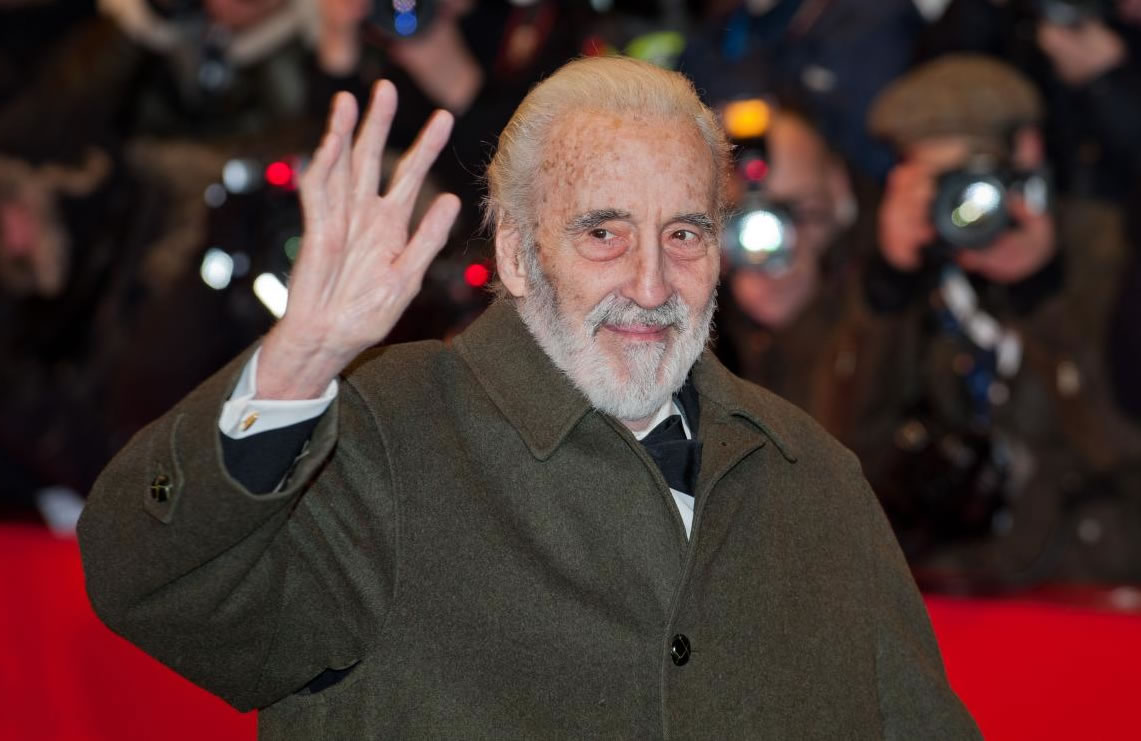
Sir Christopher Frank Carandini Lee was born on 27th May 1922 in Belgravia, London, the son of Lieutenant Colonel Geoffrey Trollope Lee (1879–1941) of the 60th King’s Royal Rifle Corps, and his wife, Contessa Estelle Marie (née Carandini di Sarzano; 1889–1981). Lee’s father had fought in the Boer War and First World War, and his mother, Estelle had been born into a once exiled Italian noble family. She was an Edwardian beauty who was painted by Sir John Lavery, Oswald Birley, and Olive Snell, and sculpted by Clare Sheridan.
Estelle Carandini di Sarzano’s grandfather, Jerome Carandini, had been the 10th Marquis of Sarzano and an Italian political refugee who had travelled to Australia with a travelling musical troupe. Here he met and married his wife, Sir Christopher’s great-grandmother, Marie Burgess, despite there being a 23 year difference in their ages. The 17 year old bride, English by birth, having been born in Brixton, Surrey, had come to Australia with her family as assisted-immigrants to Van Diemen’s Land in 1833. Marie would become a popular opera singer performing in Sydney and Melbourne for many years. Her husband, the Marquis, was finally pardoned by the Italian government in 1870 and so he travelled to the land of his birth in that year. Unfortunately he contracted gastric fever and inflammation of the lungs soon after his arrival, an illness from which he didn’t recover and which led to his death in Italy.
Sir Christopher Lee’s parents separated when he was four and divorced two years later. After the divorce, his mother took his elder sister Xandra Carandini Lee (1917–2002) and him to Wengen in Switzerland. When they returned to London, the young Christopher Lee attended Wagner’s private school in Queen’s Gate. Estelle, his mother, then went on to marry Harcourt George St-Croix Rose, a banker and uncle of Ian Fleming and the family moved to Fulham.
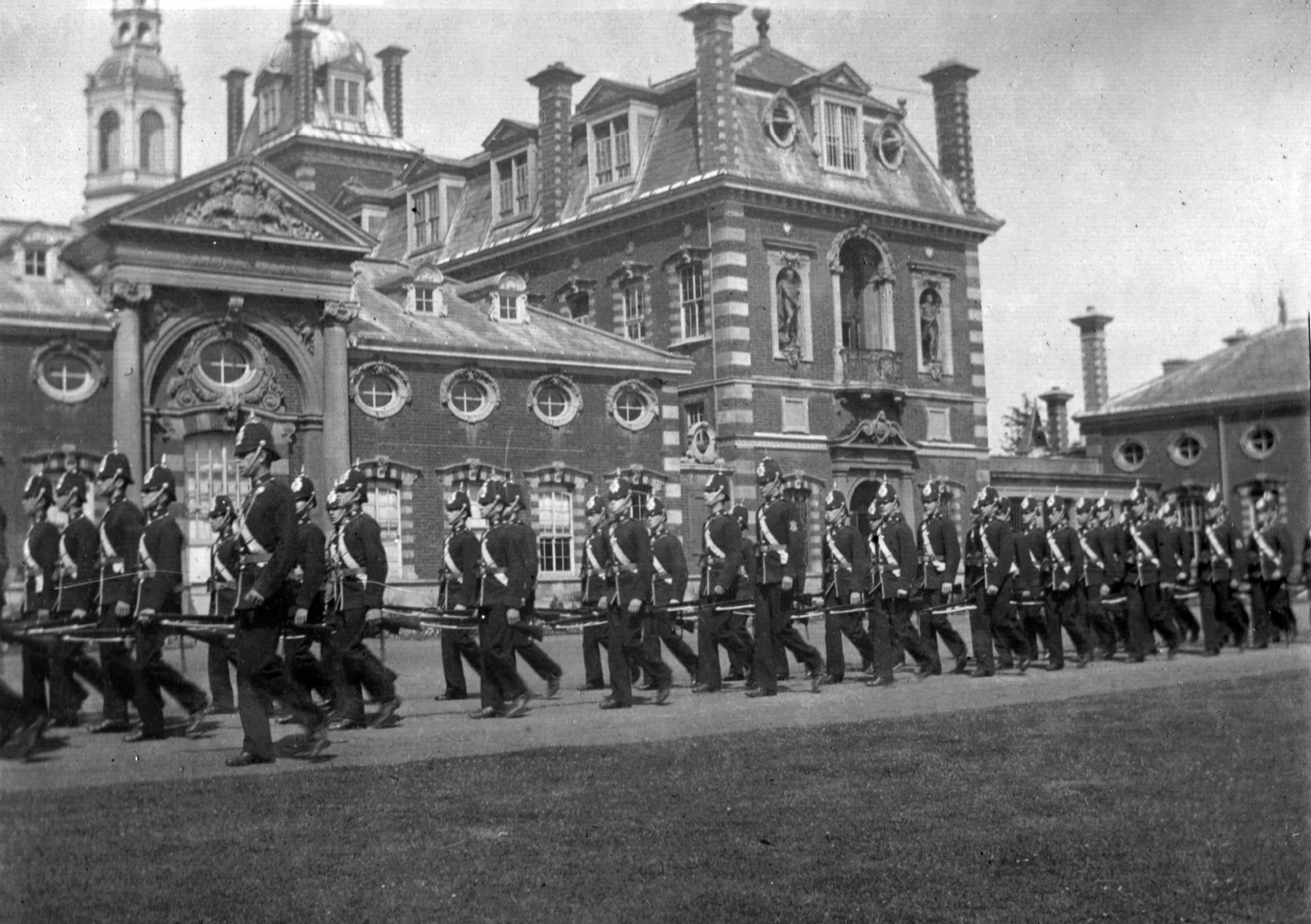
At the age of 9, Sir Christopher was sent to Summer Fields School, a preparatory school in Oxford. When he was old enough he applied for a scholarship to Eton, though his poor maths skills let him down and he missed out on becoming a King’s Scholar by one place. His step-father, Harcourt Rose, was not prepared to pay the higher fees that this meant at Eton and so instead the young lad was sent to Wellington College. While here he won scholarships in the classics, studying Ancient Greek and Latin. We can catch up with the 17 year old in the summer of his last year at Wellington, at a time before he had begun his working life. A search of the 1939 Register on TheGenealogist finds him living at Rambler Cottage on Knowle Hill, Egham.
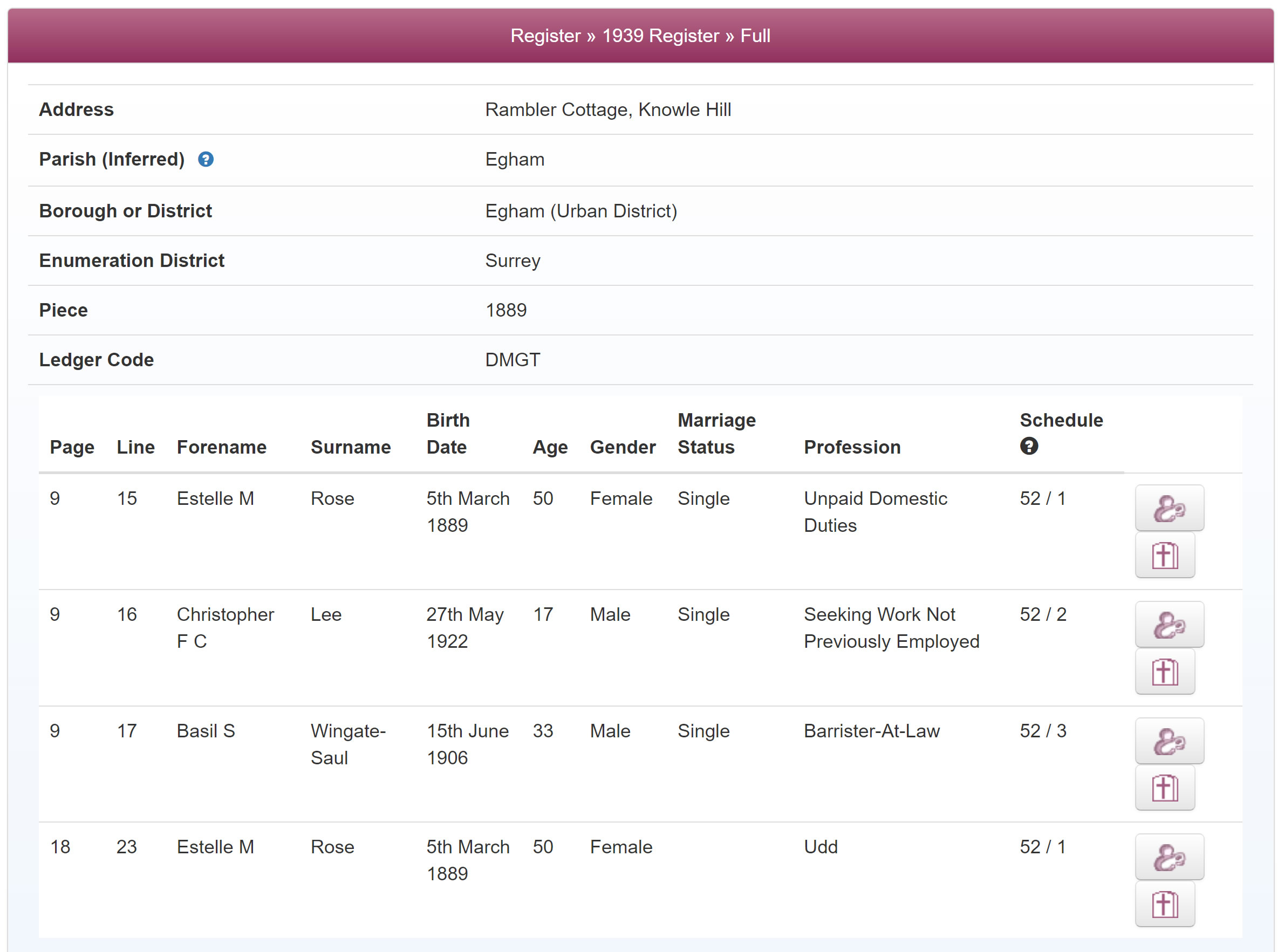
If you have an ancestor whose birth was in 1922, like Sir Christopher Lee, then the previously redacted records for anyone born 100 years ago have now been opened up on the 1939 Register. This listing of the civilian population was taken on 29 September 1939 with the information being used to produce identity cards and, once wartime rationing was introduced in January 1940, to issue ration books. Today it is a valuable census substitute that gives researchers the names and date of birth for our past family households as well as where they were living as the Second World War began.
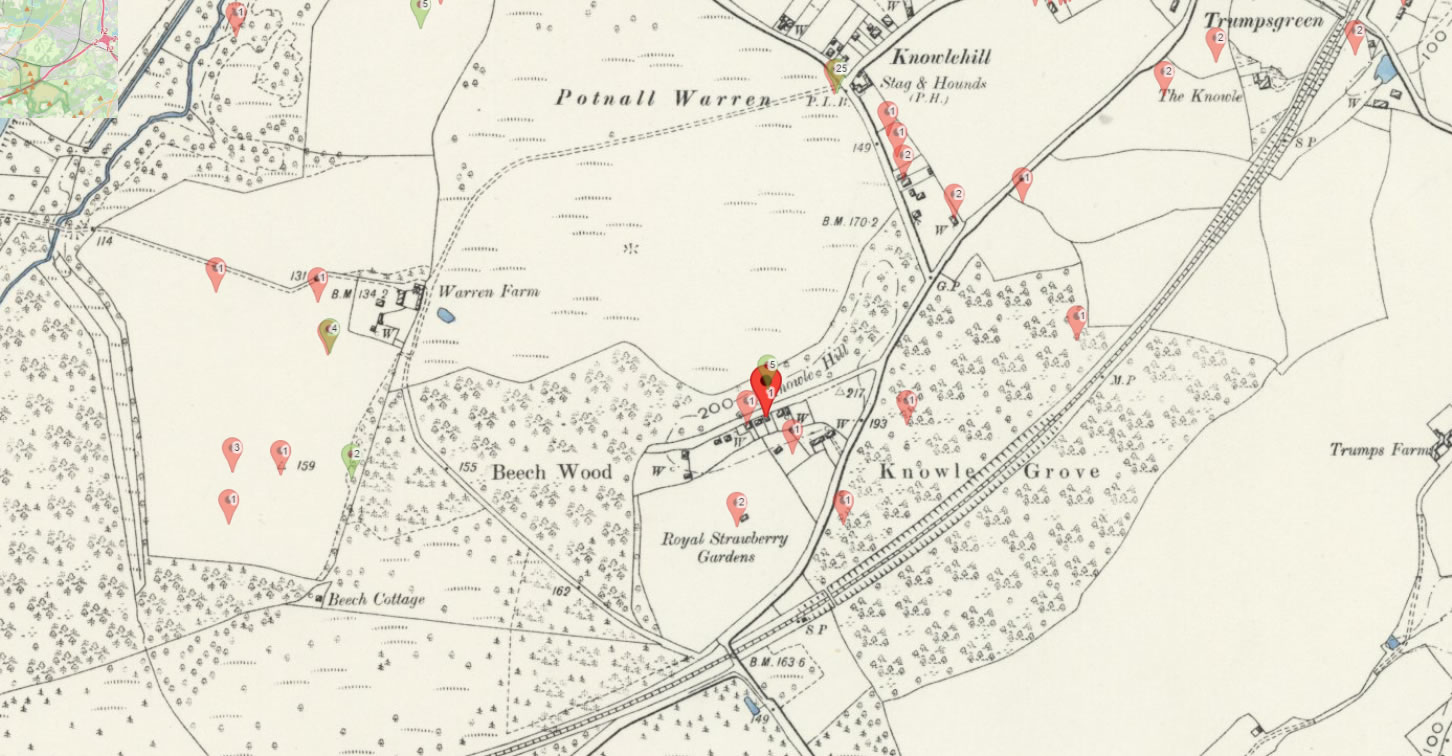
Searching this useful recordset on TheGenealogist allows you to see the property identified on a map down to road or
parish level and often even down to building location as in Sir Christopher’s case. Christopher F C Lee we can see
recorded at his mother’s property in the Egham district of Surrey. This was at a difficult time both for the country
and for the 17 year old. Until this particular summer he had been a pupil at Wellington College, but his step-father
had gone bankrupt and his mother and step-father had separated, later to divorce. Sir Christopher is recorded in the
1939 Register as Seeking Work Not Previously Employed
. With his mother separated from Harcourt Rose, it became
necessary for Christopher Lee to start looking for a job; his older sister had already begun working as a secretary
for the Church of England Pensions Board.
Access Over a Billion Records
Try a four-month Diamond subscription and we’ll apply a lifetime discount making it just £44.95 (standard price £64.95). You’ll gain access to all of our exclusive record collections and unique search tools (Along with Censuses, BMDs, Wills and more), providing you with the best resources online to discover your family history story.
We’ll also give you a free 12-month subscription to Discover Your Ancestors online magazine (worth £24.99), so you can read more great Family History research articles like this!
The first job that he took was as an office clerk for the United States Lines running errands and doing the mail for the office. With the outbreak of the Second World War, Lee had enrolled in a military academy and volunteered to fight for the Finnish Army against the Soviet Union during the Winter War. As with the other British volunteers, he was kept away from the actual fighting, although they were kitted out in winter gear and posted on guard duty a safe distance from the border. After two weeks in Finland, however, they returned home to Britain. Lee went back to work at the United States Lines until in early 1940 he joined Beecham’s, the pharmaceutical company, where he worked first as an office clerk before becoming a switchboard operator.
Sir Christopher had joined the Home Guard while at Beechams, but knew that he had to join one of the armed forces to serve his country in the war. With the death of his father, Lieutenant Colonel Geoffrey Lee, who had fallen ill with bilateral pneumonia and passed away on 12th March 1941, Sir Christopher decided to join up while he still had some choice over which service that he could join. Deciding that he didn’t want to follow his father into the army he volunteered for the Royal Air Force. Training to be a pilot he was prevented from flying solo by headaches and blurred vision and was diagnosed with a failure of his optic nerve. After a period on various RAF stations he then applied to join the RAF Intelligence Branch and was accepted. Commissioned at the end of January 1943 he was attached to the No. 260 Squadron RAF as a liaison officer for the Special Operations Executive where we are able to discover him mentioned in a few of that unit’s Operations Record Books (ORBs) in the military records on TheGenealogist.
In an entry for 4th April 1943 we see Pilot Officer C F Lee (138011) posted from rear Headquarters of the Western Desert for the first time. Then on the 6th April, in that day’s entry, he took over the duties of Intelligence Officer for the squadron. Moving forward to the 5th of July and he is now recorded as carrying out the function of delivering information to the squadron of “any developments which were taking place in the new ZONE OF FIGHTING.”

By August 1943 the daily journal reports that he had been promoted to Flying Officer with effect from the 28th July
1943. As he had only been commissioned six months earlier, we can assume that he must have been doing a good job in
his role with the unit. This seems to be confirmed by the next ORB in which he appears, one from the 11th November
1943. Here the report gives him credit for the …smooth running of operations and the moves to Malta and Sicily
when the invasion took place
. This vague pat on the back keeps confidential exactly whatever it was that he did though
it is after this that he is promoted. His next posting is to MORO, or the Mobile Operations Room Unit, which had
been created in response to General Montgomery wanting better coordinated liaison between the Army and
Air Force.
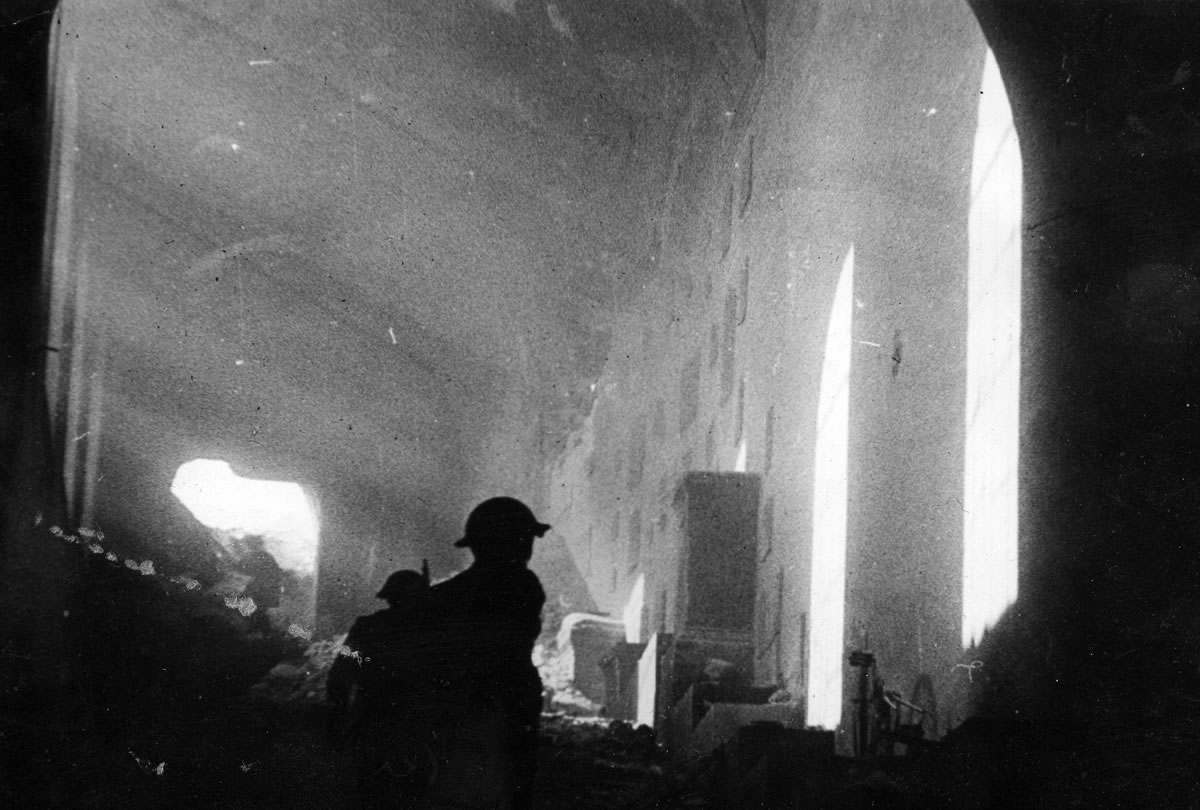
What is striking, though, is that he disappears from the Operations Record Books even though he stayed in the RAF until 1946. In his memoir Christopher Lee mentioned that during the war he was seconded to the Army at the end of 1943 and was attached to the Gurkhas of the 8th Indian Infantry Division fighting at the Battle of Monte Cassino. He also tantalisingly spoke of another attachment, this time to the special forces, but didn’t give any more details than this; his very few appearances in the RAF ORBs after 1943 only adds to the mystery of his war time service up until its end in 1946.
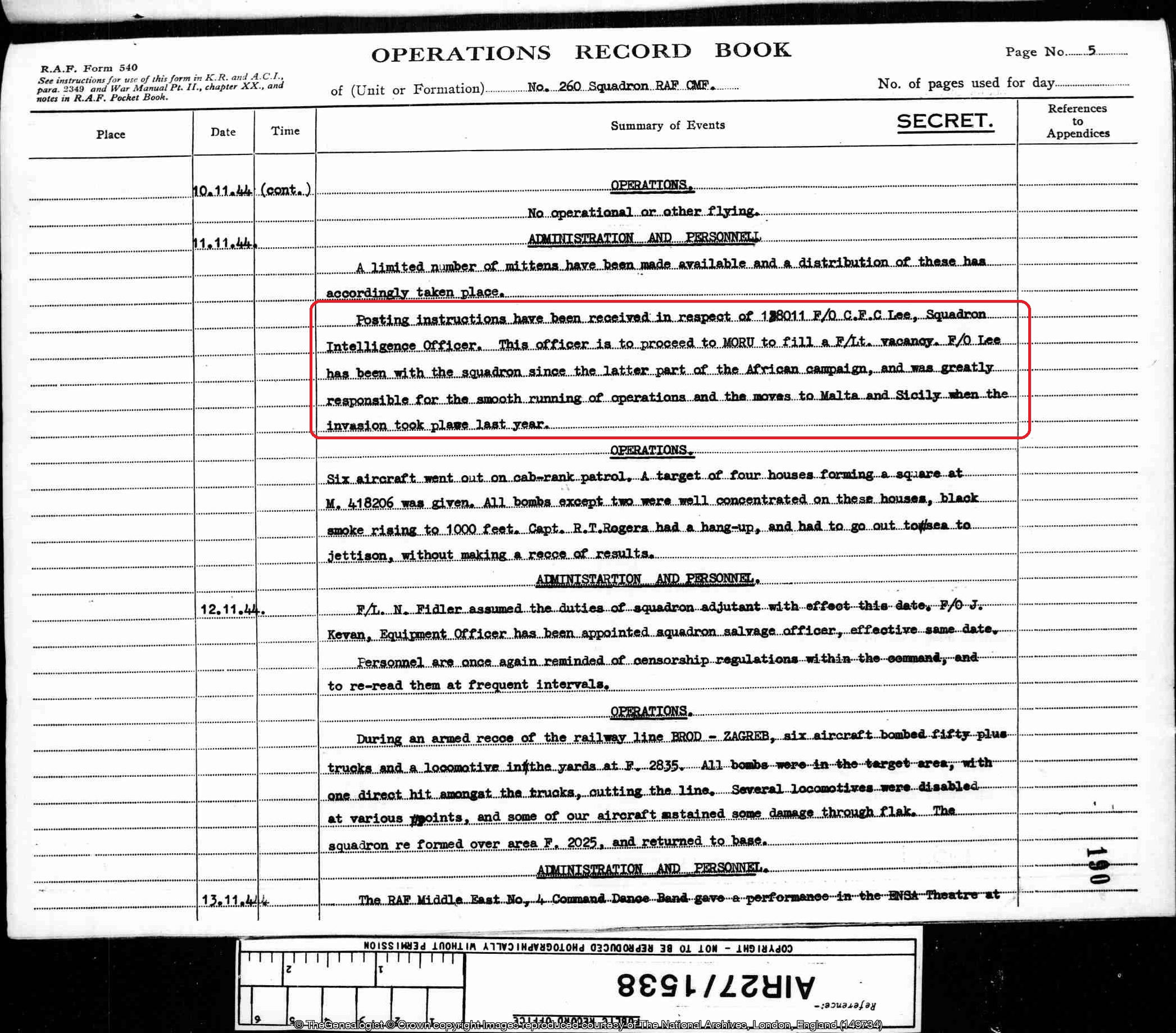
1939 was a pivotal time for many of our past family as they faced war with Germany and the Axis powers. The 1939 Register compiled on 29 September 1939, recorded the civilian population at the address where they were on that day. The information gathered was used to produce identity cards and, once wartime rationing was introduced in January 1940, to issue ration books. Particulars in the Register were also used to administer conscription and the direction of labour, and to monitor and control the movement of the population caused by military mobilisation and mass evacuation. The record of anyone born less than 100 years ago will be closed unless they are known to have died and thus it is those born in 1922 that are now being made available unredacted on TheGenealogist.
Sources:
Lee, Christopher (2003) [1977]. Lord of Misrule: The Autobiography of Christopher Lee. London: Orion Publishing
Group. ISBN 978-0-7528-5770-1.
https://www.portrait.gov.au/portraits/2022.32/madame-carandini
https://en.wikipedia.org/wiki/Christopher_Lee
https://en.wikipedia.org/wiki/Marie_Carandini
http://celluloidclub.blogspot.com/2015/06/in-memoriam-christopher-lee.html






